We as Architects have to constantly keep abreast of the changes in the world and its impact on where and how we work. There is currently a big phase of transformation in the way challenges are addressed when it comes to the conceptualisation and design of modern working environments.
Office design trends always reflect the functional needs in the context of the socio-economic influences concurrent with it’s times. This could be either due to the millennial generation, advances in technology, global collaborations, or the high need to create employee engagement.
We need to create innovative designs that can inspire and empower employees to give their best.
Although there are multiple factors involved in office design, here we encapsulate 5 key trends that affect today’s workplace.
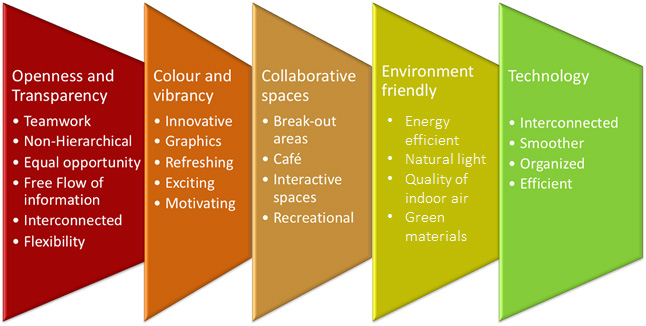
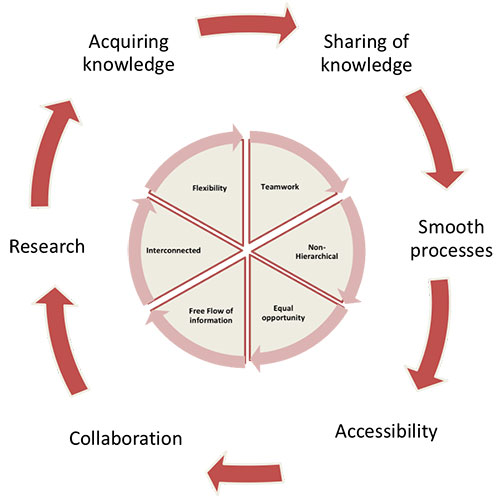
Earlier offices would function on a hierarchical model where information was controlled and not shared with others, which led to lack of teamwork and knowledge sharing and also resulted in fragmentation and lower productivity. However, now, with the ultimate purpose of enhancing employee performance, there is a non-hierarchical structure achieved through open plan seating, flexible and dynamic design elements such as portable wall dividers, furniture on wheels, unorthodox work spaces like meditation rooms and laid-back lounges etc. With these factors, employees stay interconnected and there is a free flow of information, thoughts, ideas, creativity, which automatically increases productivity of the company.
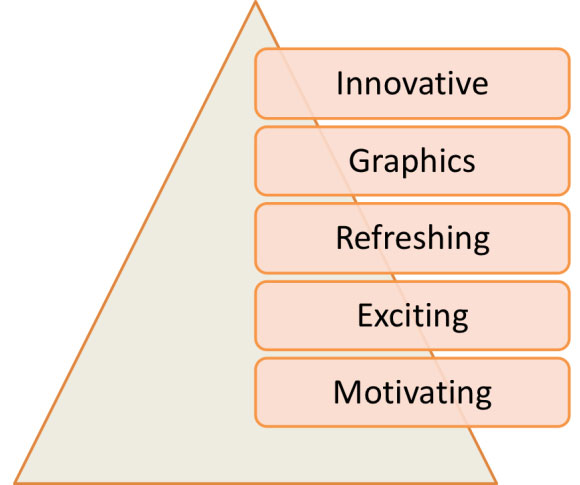
The role of colors in the workplace is often underestimated, and it plays an important role in employee productivity. According to a study by Exeter University’s School of Psychology, the employees who are in surroundings with lively colors are 32% more productive than other employees. If the workspace is designed well with colors, it reduces stress by 77% and increases creativity by 64%.
Millennials have a taste for all things quirky and fun and considering that employees spend half or more of their waking hours at work, the workplace has to be an inviting and a happy space to come to every day. This can be implemented with the use of bold and bright colours, sculptural elements, graphics that represent the corporate ideologies or even a soothing pastel colour palette (depending on the theme and function of the space that is being designed)
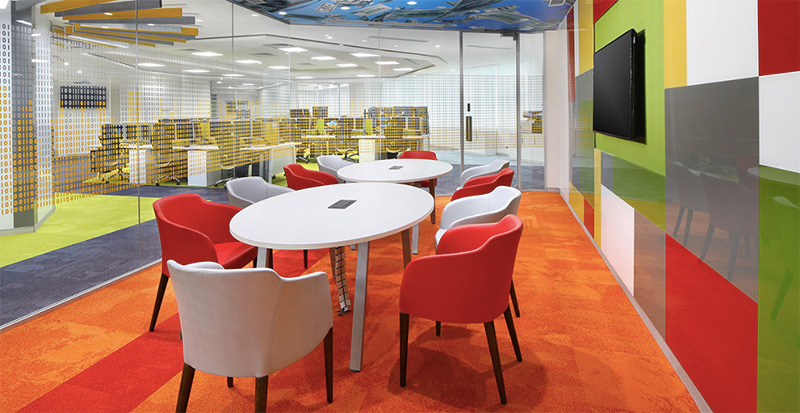
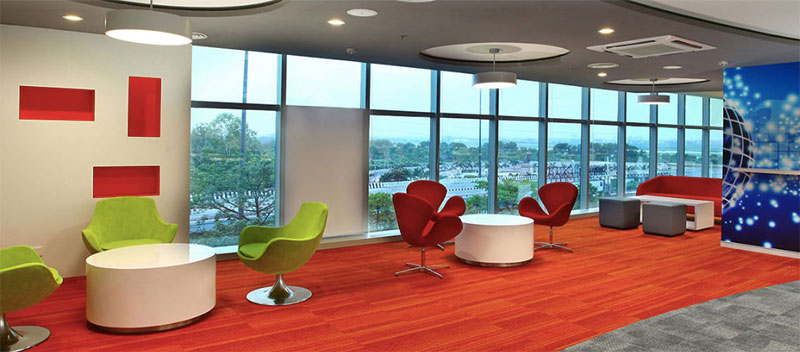
Collaborative spaces help in increasing employee morale as interactions with peers helps increase self-esteem. Breakout areas, cafés, recreational spaces are designed in offices where the employees get to interact with each other and this creates greater bonding as a team. Further, organizations now provide gaming and gym facilities in the recreational areas ranging from snooker, table tennis, foosball,board games including chess.
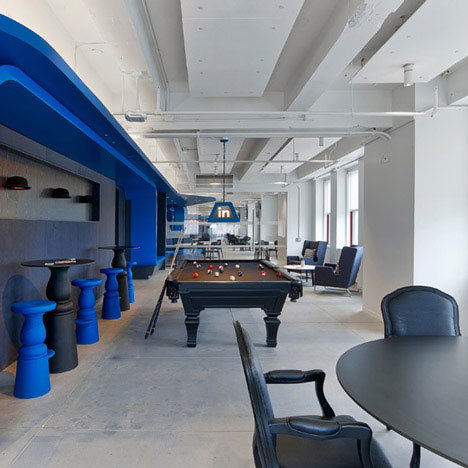
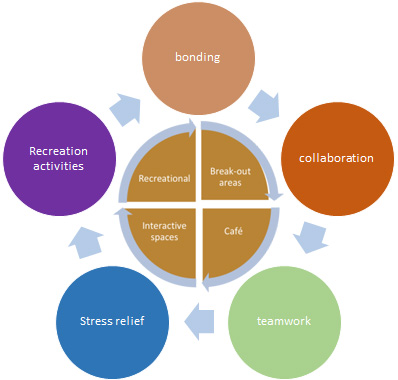
A case in point is the Linkedin office in the Empire State building in New York which has a billiards room, a screening room, fitness room and even a space lined with vintage telephones that leads to secret bar!
Strategically integrating biophilic or natural elements in the workplace design has demonstrated measurable benefits for employee performance such as productivity, emotional well-being, stress reduction, healing and learning. If a building is healthy (green building) then the employees will also be healthy and it automatically affects their performance and subsequently their focus and dedication.
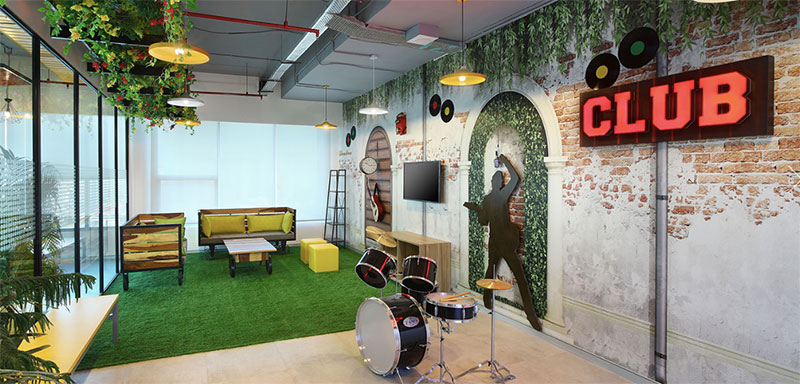
According to a 2017 Capital One survey, 62% of office professionals place natural light as one of the top design elements in corporate design. Sufficient natural light coming in the workspace refreshes the employees’ minds and brings positivity by connecting one’s mind with nature. Other factors such as energy efficiency, quality of indoor air, green materials should also be kept in mind while designing a workspace. These can be achieved through using LED lights to conserve electricity and get better LUX levels, VRF systems designed for optimizing air conditioning consumption and to maintain indoor air quality. Integrating natural elements in the workplace design such as salvaged wood, water features, living walls, outdoor office extensions etc. provides spaces for relief from mental and physiological fatigue.
(watch this space for our exclusive blog on biophilic design, coming up shortly)
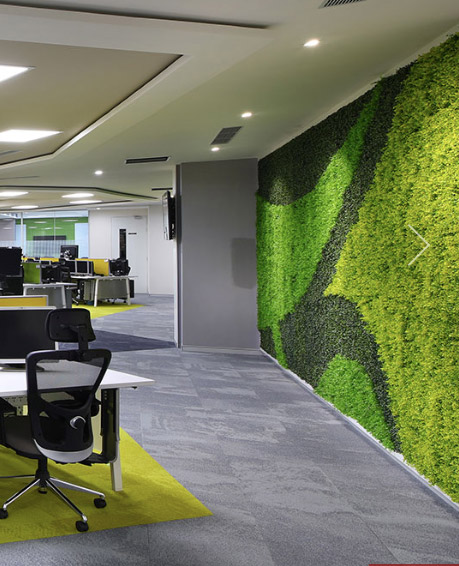
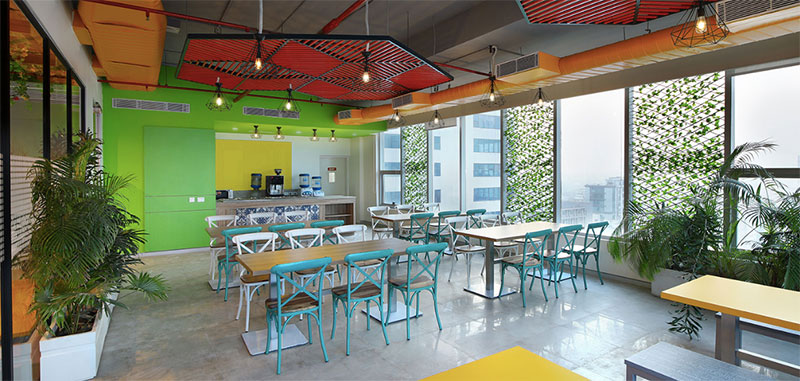

Technology plays an important role in today’s office culture. With the technology available now to make employees more mobile, having flexible hours and the option of working from home, the need for a permanent workstation has decreased. While designing the layout, we can look at the placement of each workstation in proximity to collaborative areas and also connecting individuals via digital whiteboard, integrated conferencing, multimedia integration with other apps like Skype etc. Office technology needs to reflect the mobile ethos of the new workplace. Wireless computers, Wi-Fi, tablets, charging stations and interactive boards are just some of the ways this can be done. Numerous boardroom solutions and other audio – visual integrations are now seen in offices that has drastically improved productivity and time management of their executives as business gets conducted across Continents in a matter of hours.
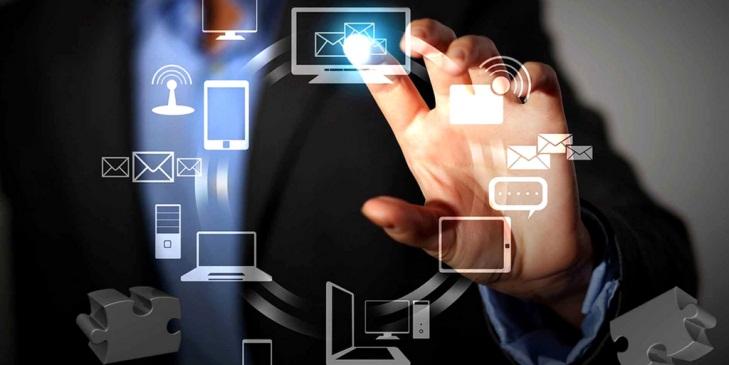
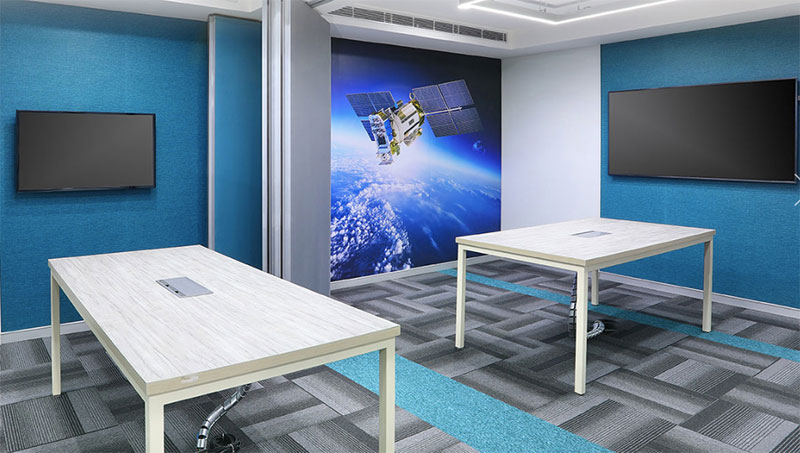
The above is a brief summary of the recently evolving trends that are very prominent in the workplace design today. These are reflective of the increasing awareness of the issues involved in the larger canvas of this world and are manifesting through the workplace design.
Change is the only constant in this world and in due course we shall find that these trends too shall become outdated and make way for a new evolving reality.
Disclaimer : This blog is for informational purposes only and we have relied upon various resources for compiling the content, data and visuals contained in it.